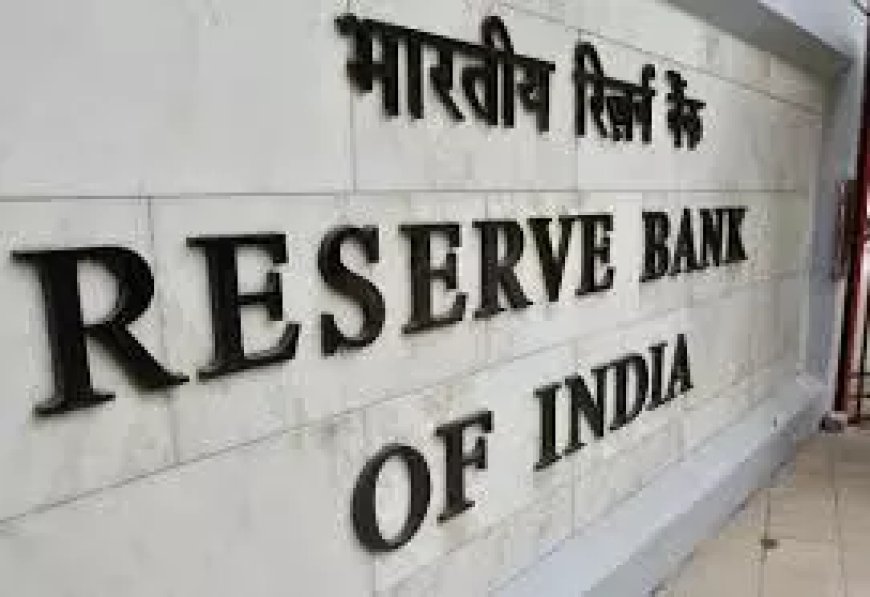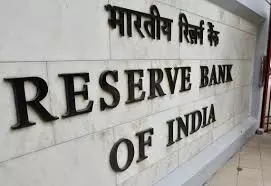India’s household debt is rising but low compared to other emerging markets: RBI
Mumbai: The Indian household debt has been increasing over the past three years but remains relatively low compared to other emerging market economies (EMEs), the Reserve Bank of India (RBI) said in its December 2024 Financial Stability Report. According to the report, household debt stood at 42.9 per cent of GDP at current market prices in June 2024. The central bank noted that the rise in household debt is primarily driven by an increase in the number of borrowers, rather than a rise in the average indebtedness per individual. “At 42.9 per cent of GDP (at current market prices) in June 2024, India’s household debt is relatively low compared to other EMEs, however, it has increased over the past three years,” said the RBI Financial Stability Report. Even as household debt is on a rising trend, the increase is driven by a growing number of borrowers rather than an increase in average indebtedness. Borrowing by individuals in the household sector constituted around 91 per cent of the stock of household financial liabilities as at end- March 2024 said the report. The report identified three primary purposes for household borrowing. The first is consumption, which includes personal loans, credit card debt, loans for consumer durables and other personal loans. The second is asset creation, covering mortgage loans, vehicle loans, and two-wheeler loans. Lastly, productive activities, such as loans for agriculture, business ventures, and education, also form a significant part of household borrowing. Notably, close to two-thirds of the portfolio is of prime and above credit quality. Borrower-type analysis revealed that subprime borrowers availed loans primarily for consumption purpose, whereas super-prime borrowers used debt for asset creation, especially housing, said the RBI. Per capita debt of individual borrowers has increased sharply for super-prime borrowers in the recent period, while it has remained stable for other risk tiers. From a debt-servicing capacity perspective, the rise in per capita debt only among highly rated borrowers and use of debt for asset creation are credit positive and financial stability enhancing said the central bank’s report.


Mumbai: The Indian household debt has been increasing over the past three years but remains relatively low compared to other emerging market economies (EMEs), the Reserve Bank of India (RBI) said in its December 2024 Financial Stability Report. According to the report, household debt stood at 42.9 per cent of GDP at current market prices in June 2024. The central bank noted that the rise in household debt is primarily driven by an increase in the number of borrowers, rather than a rise in the average indebtedness per individual.
“At 42.9 per cent of GDP (at current market prices) in June 2024, India’s household debt is relatively low compared to other EMEs, however, it has increased over the past three years,” said the RBI Financial Stability Report.
Even as household debt is on a rising trend, the increase is driven by a growing number of borrowers rather than an increase in average indebtedness. Borrowing by individuals in the household sector constituted around 91 per cent of the stock of household financial liabilities as at end- March 2024 said the report.
The report identified three primary purposes for household borrowing. The first is consumption, which includes personal loans, credit card debt, loans for consumer durables and other personal loans. The second is asset creation, covering mortgage loans, vehicle loans, and two-wheeler loans. Lastly, productive activities, such as loans for agriculture, business ventures, and education, also form a significant part of household borrowing.
Notably, close to two-thirds of the portfolio is of prime and above credit quality. Borrower-type analysis revealed that subprime borrowers availed loans primarily for consumption purpose, whereas super-prime borrowers used debt for asset creation, especially housing, said the RBI.
Per capita debt of individual borrowers has increased sharply for super-prime borrowers in the recent period, while it has remained stable for other risk tiers. From a debt-servicing capacity perspective, the rise in per capita debt only among highly rated borrowers and use of debt for asset creation are credit positive and financial stability enhancing said the central bank’s report.





































